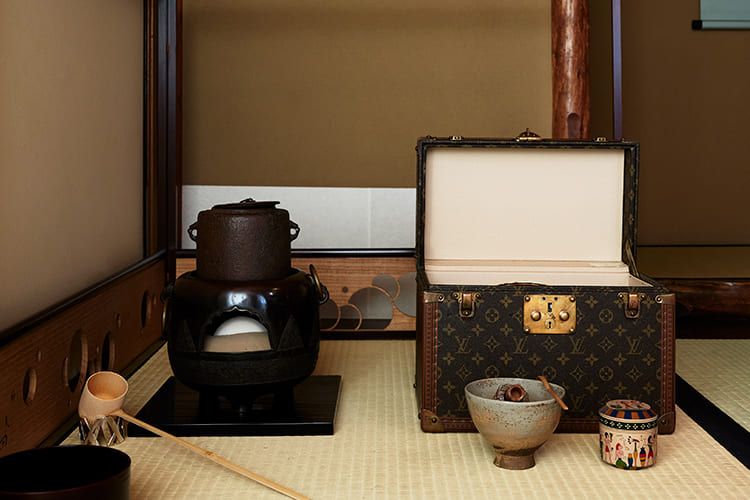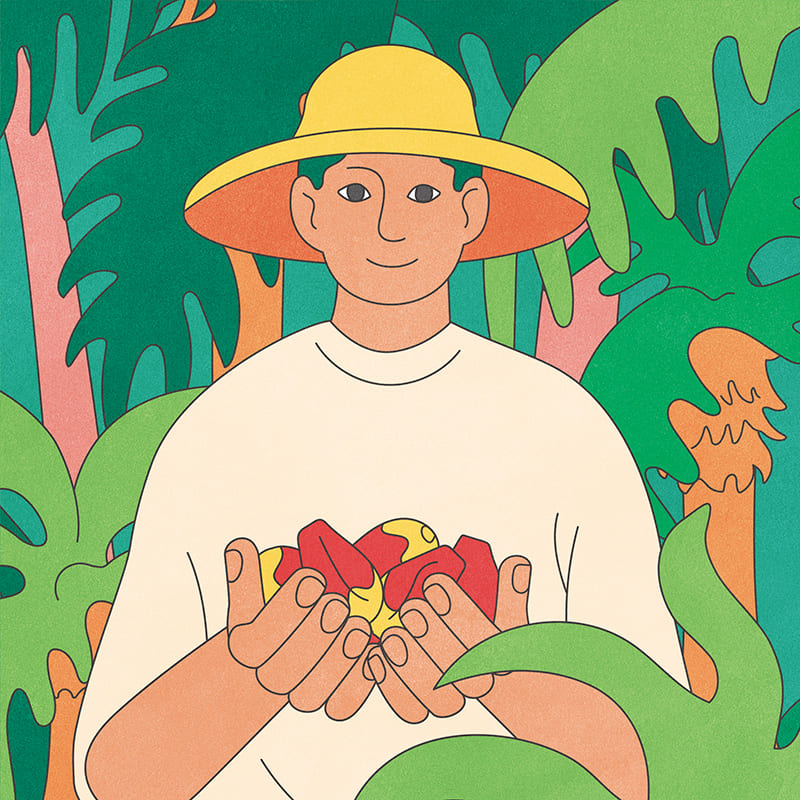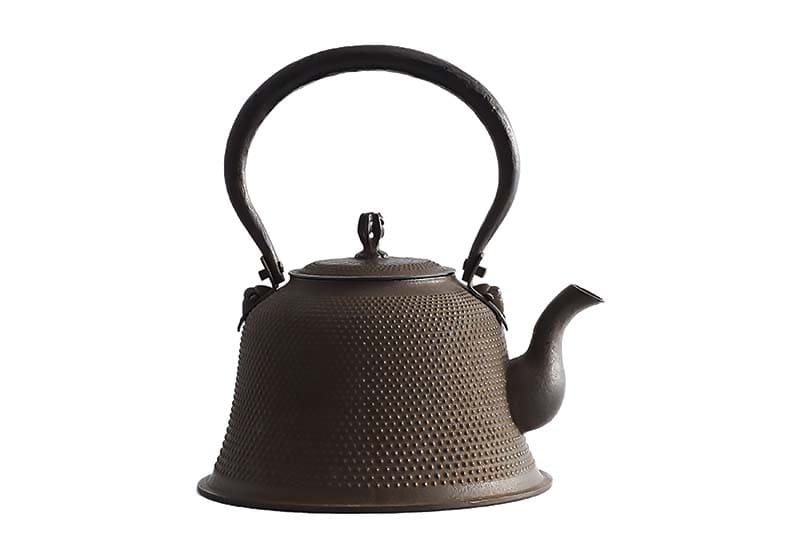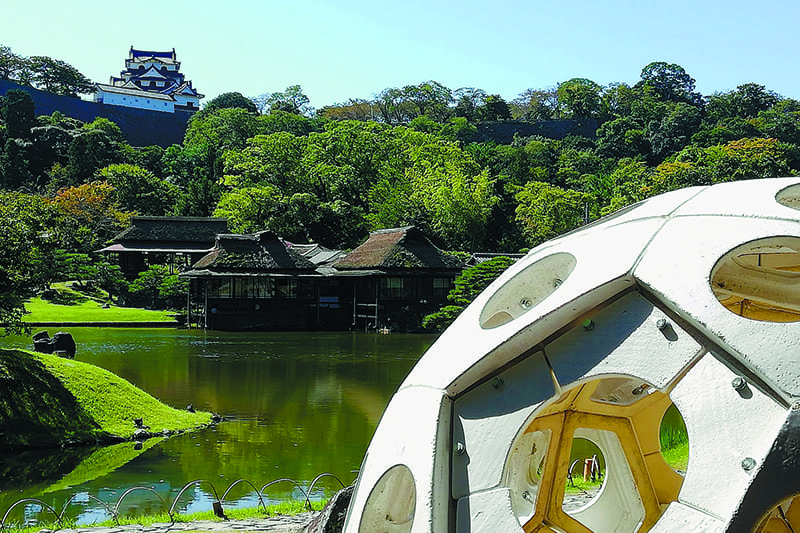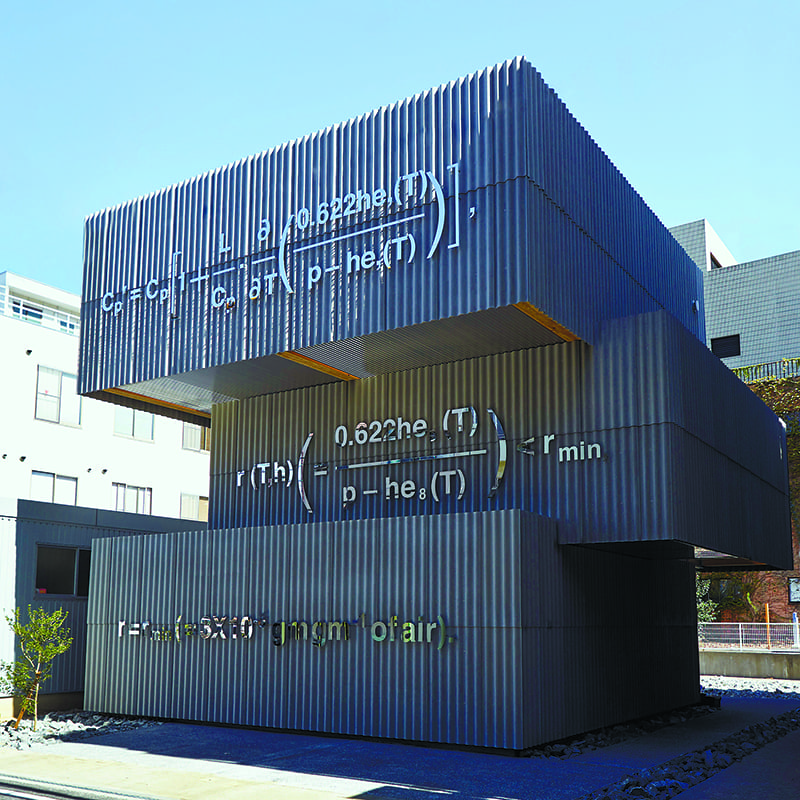October 22, 2021
Ai Hasegawa’s art makes us think on other futures
DESIGN

Are you familiar with the term “speculative design”? Looking at current practices and social phenomena, speculative design asks us, “What would you think if the future were like this?” Advocated by professors Anthony Dunne and Fiona Raby of Britain’s Royal College of Art, the method has gained worldwide attention. It might ask, for instance, “If the wheel had never been invented, what would a bicycle be like?” and offer a design that could have emerged in such circumstances.
Ai Hasegawa, who studied with Dunne and Raby, is one of the artists and designers who put speculative design into practice. Her sometimes fantastical concepts incorporate scientific and technological knowledge, and influence people by raising pertinent questions.
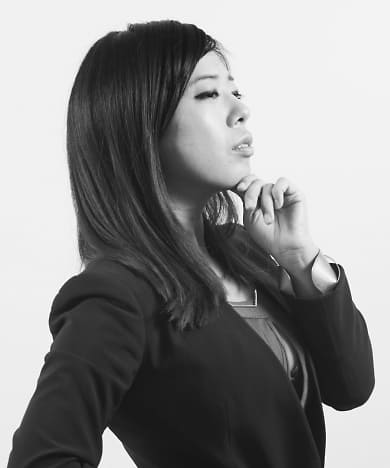
AI HASEGAWA
Artist and designer Ai Hasegawa has produced many works putting emphasis on subjects relating to technology and people, employing techniques such as bio art, speculative design and design fiction. She obtained a degree from the Royal College of Art in Britain, worked as a researcher in the Design Fiction Group at MIT Media Lab from 2014 to fall 2016 and took an MS degree in 2016, and has served as project researcher at the University of Tokyo since April 2017. She won the Excellence Award in the Work Art Division of the 19th Japan Media Arts Festival for “(Im)possible Baby.”
As an example, one of her best-known works, “(Im)possible Baby,” is presented in the form of virtual “family photos” of an actual same-sex couple and their fictitious children, whose traits such as face shape and personality have been extrapolated from genetic data. Of course, at present it is prohibited by law to produce a child from parents of the same sex; but some say that if biotechnology advances further, this will no longer be outside the realm of theoretical possibility. In presenting the two women’s imaginary family photos, Hasegawa asks viewers to consider not only the ethics of such a process, but how they feel about it.
Hasegawa said: “Through my works, I want to create a space for individual thought and pertinent debate. Rather than try unilaterally to persuade people that a certain viewpoint is correct, I’m always thinking about how to ensure that there’s an impartial discussion. Once I had an exhibition in Indonesia and, partly because it’s a country in the Muslim cultural sphere, there were many negative opinions at first. But after I posted those comments in the exhibition space, other people offered comments from different perspectives. There were also a lot of Post-it notes extending out in a tree shape, and it was fascinating to see the intersection of diverse ways of thinking.”
Based on the awareness of discrimination against people of color that she gained during the period of her life when she was working at the MIT Media Lab in the United States, Hasegawa created “Alt-Bias Gun,” a work that proposes a different approach to people’s perceptional biases. The killing by strangulation of the unarmed George Floyd on the part of a police officer in 2020 is fresh in people’s memories, but similar incidents had been occurring in the United States for many decades. Having become aware of these issues, Hasegawa created this work by using machine-learning technology to extract “African American faces most likely to be fatally shot by police” from the past several years of data on such cases, then projecting the faces on a video monitor. A replica of a gun is placed in front of the monitor, and when a “face likely to be fatally shot” appears, the gun is locked for several seconds.

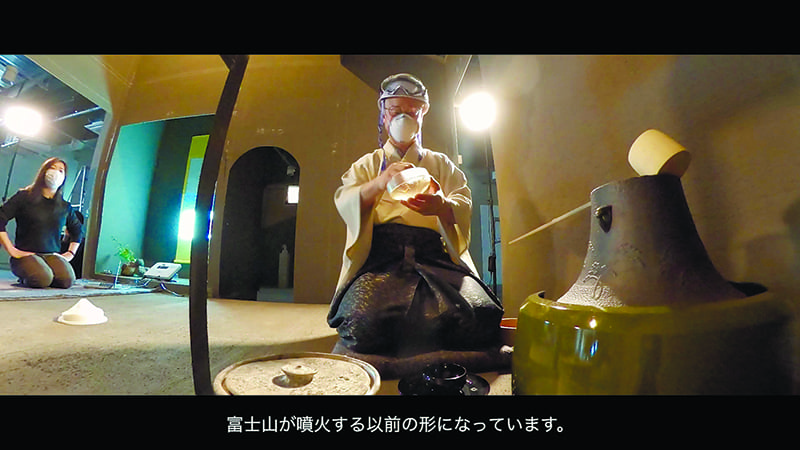
Hasegawa said, “In the course of our lives, there is no escaping social or cultural biases. But I thought that by interposing technology in these mental perceptions, it might be possible to improve future social systems or find new approaches to education.”
While she has long envisioned a new kind of future ushered in by technology, Hasegawa admits that she can no longer be a “techno-optimist” in the face of environmental problems like climate change and the many natural disasters of recent years. Accordingly, she created “Mount Fuji Eruption Tea Ceremony.” As the name suggests, this is a tea ceremony held in the middle of an eruption of Mount Fuji. For years, the possibility of a major eruption of the famous mountain has been predicted, and materials such as hazard maps have been released by the Cabinet Office. Nonetheless, many people living in Japan forget about this danger as they go about their daily lives. Phenomena that people dismiss unconsciously in this way have been called “gray rhinos.” Hasegawa has created a space where people are made aware of this gray rhino and consider the threat in a new light. In a setting that simulates an eruption of Mount Fuji, people enjoy a tea ceremony in a refined and elegant manner. Hasegawa’s proposition seems to present us with a message: “In terms of various social issues, how can we imagine a positive future?”
社会課題を問いかけるスペキュラティブ・デザイン。
「スペキュラティブ・デザイン」という言葉をご存じだろうか? 今ある現実や社会の事象に対し別の可能性を問い、考えさせるデザインのことだ。例えば、「もし車輪が発明されていなかったら、今の自転車はどんな形をしていただろう?」と問い、あり得たかもしれないデザインを提示するという手法だ。
長谷川愛は、このデザイン手法を実践するアーティスト/デザイナー。科学やテクノロジーの知識を取り入れながら、問題提起を通じ人々に働きかける。作品『(Im)possible Baby』は、実在する同性カップルの遺伝情報の一部から予測された「子供」の顔や性格などをもとに、バーチャルな「家族写真」として提示する。長谷川は彼女たちの「家族写真」を人々に見せ、その倫理的な是非を問うだけではなく、「あなたはどう感じるのか」と問いかける。「私は、一人ひとりが考え、適切な議論ができる場をつくりたいんです。一方的にこちらが正しいのだと説得するのではなく、公平な議論をいかに起こすか気にかけています」。
Return to Sustainable Japan Magazine Vol. 5 article list page


